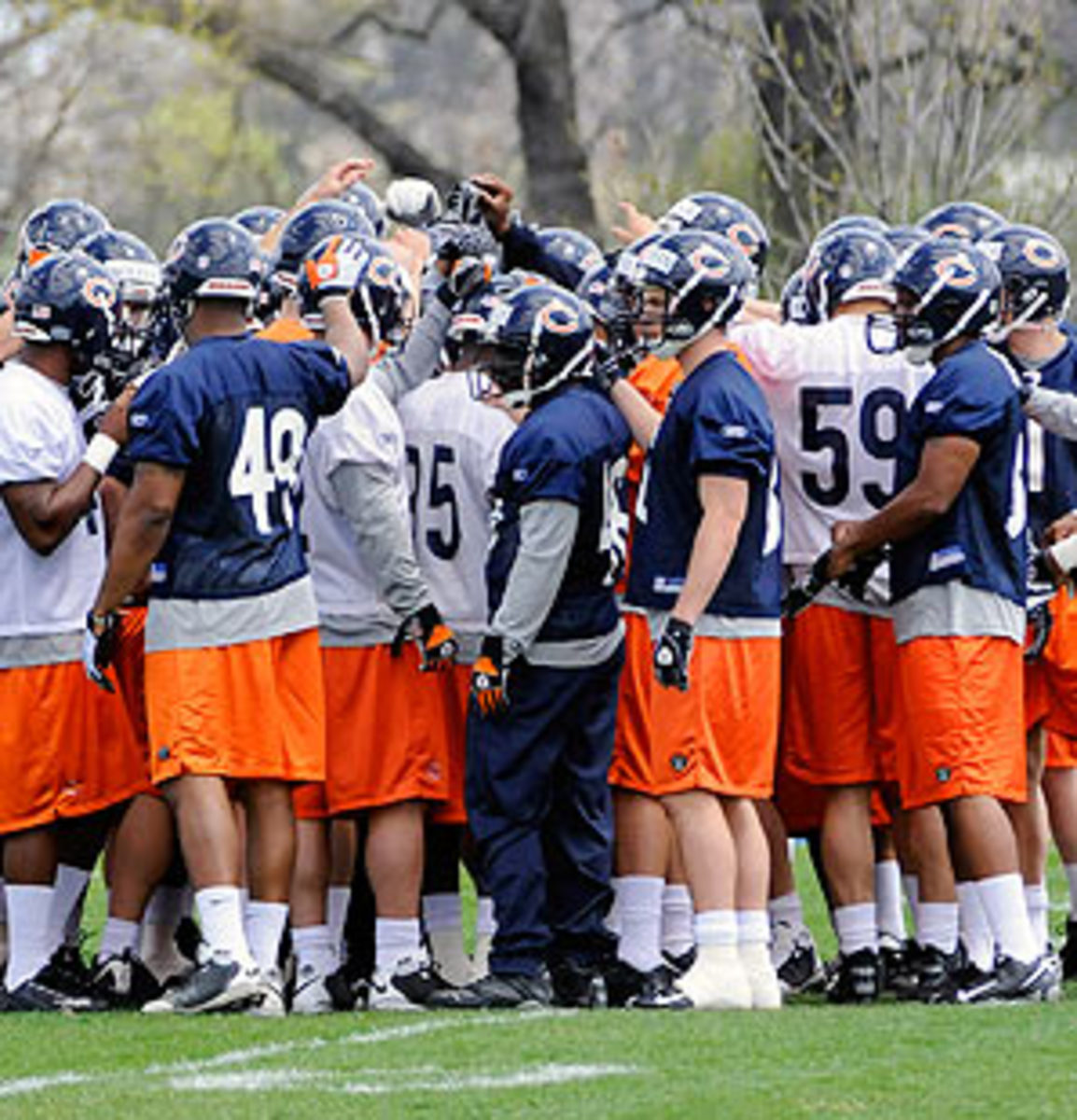
Is proliferation of OTAs detrimental to the health of NFL players?
Most offseason programs around the NFL began in earnest this week, with each team believing everything it does will help come September. But what if some of the things actually hurt a team's chances of winning games in November and December?
Multiple players have told me they believe the proliferation of organized team activities (OTAs) and minicamps have had a negative impact on their team's health. Nobody wants to go on record with their name attached, for obvious reasons, but here's what the starting quarterback for a team ravaged by injuries had to say. "The offseason used to be mainly about working out and getting into great physical condition heading into camp. But now there are so many practices and meetings that it doesn't seem like we ever get a chance to just work on our bodies. That's my theory [as to why our team has suffered so many injuries of late]."
To be clear, the players I spoke to are not complaining about how strenuous the offseason is. Not at all. Rather, they are of the mindset that all of the practices and meetings, especially throughout May and June, hurt their ability to really train properly for the season ahead. Yes, the players still work out during those months, but nobody is going to put every ounce of effort into their workout in the morning when they know the cameras will be on during that day's practice. The training mindset is just different when interrupted by practices and meetings, which is why the offseason has gotten very choppy for players. Off, train as a team, practice, train alone, training camp. Many older players yearn for the days when the offseason consisted primarily of getting into the best shape possible, with a minicamp sprinkled in to keep the schemes and plays fresh in their minds.
But there are two sides to every story, and while the coaches I spoke to understand where the players are coming from, they counter by saying the OTAs are invaluable.
"With so many teams playing young guys that they drafted, and with the amount of free agent movement, you really need those practices so that everything has been installed before training camp," one AFC North position coach said. "The alternative, I guess, is a longer training camp. But I don't think they want that."
As things currently stand, most teams began working out this week and their players will get in a good five or six weeks of primarily lifting, running, agility and conditioning. (The only exception being if a new head coach elects to hold one of his three available minicamps before the draft.) This six-week chunk is really the only part of most offseason programs dedicated almost exclusively to training as opposed to any sort of on-field work.
Once the draft comes along in late April, there is typically a minicamp shortly thereafter to get the draftees acclimated, followed by up to 14 OTA practices spread over a four- or five-week period. At their conclusion, the players may have another week of workouts before they get four or five weeks off to work on their own prior to training camp.
But the NFL has gotten increasingly complicated from a schematic standpoint. Coaches put a higher priority on making sure everyone is up to speed rather than on getting everyone into top-flight shape. That means running plays trumps running wind sprints, and sitting in a meeting room is more important than sitting on a weight bench. Coaches believe there is a much better chance a 15-minute practice period could determine the outcome of a game than yet another weight training session.
That's different than the days of Bill Parcells. I distinctly remember himbeing adamantly opposed to spending most of the offseason running plays on the practice field when he took over as head coach of the Dallas Cowboys in 2003. He told us the spring should almost exclusively be about getting the players into optimum condition for the grueling season to come. And he meant it. Parcells is the only head coach I can recall who came into the weight room to watch us almost every single day. He wanted us to know how seriously he took that part of our jobs.
Parcells said one week was all he really needed to introduce his concepts in the spring, prior to training camp. And he was a new head coach in Dallas that year, so he had to install an entirely new system on both sides of the ball. As a new head coach, he had the option to hold two more minicamps than returning head coaches, but he never used them. The Cowboys went on to finish 10-6 that season and make the playoffs for the first time in four years.
I believe there is merit to both sides of the argument. As a player, I didn't think all of the practices were entirely necessary. But looking at it now, I can certainly understand why most of the current coaches do it.





